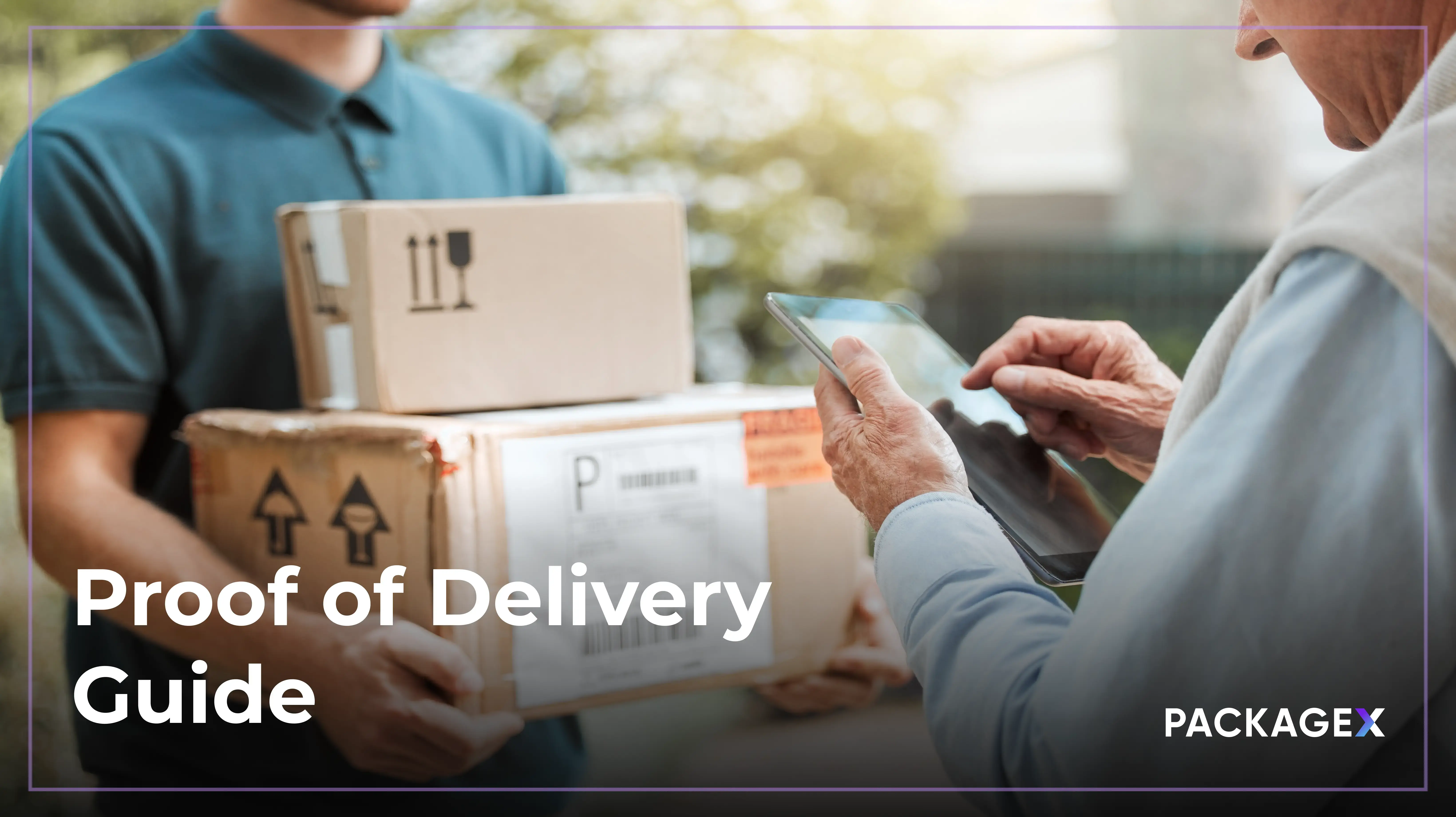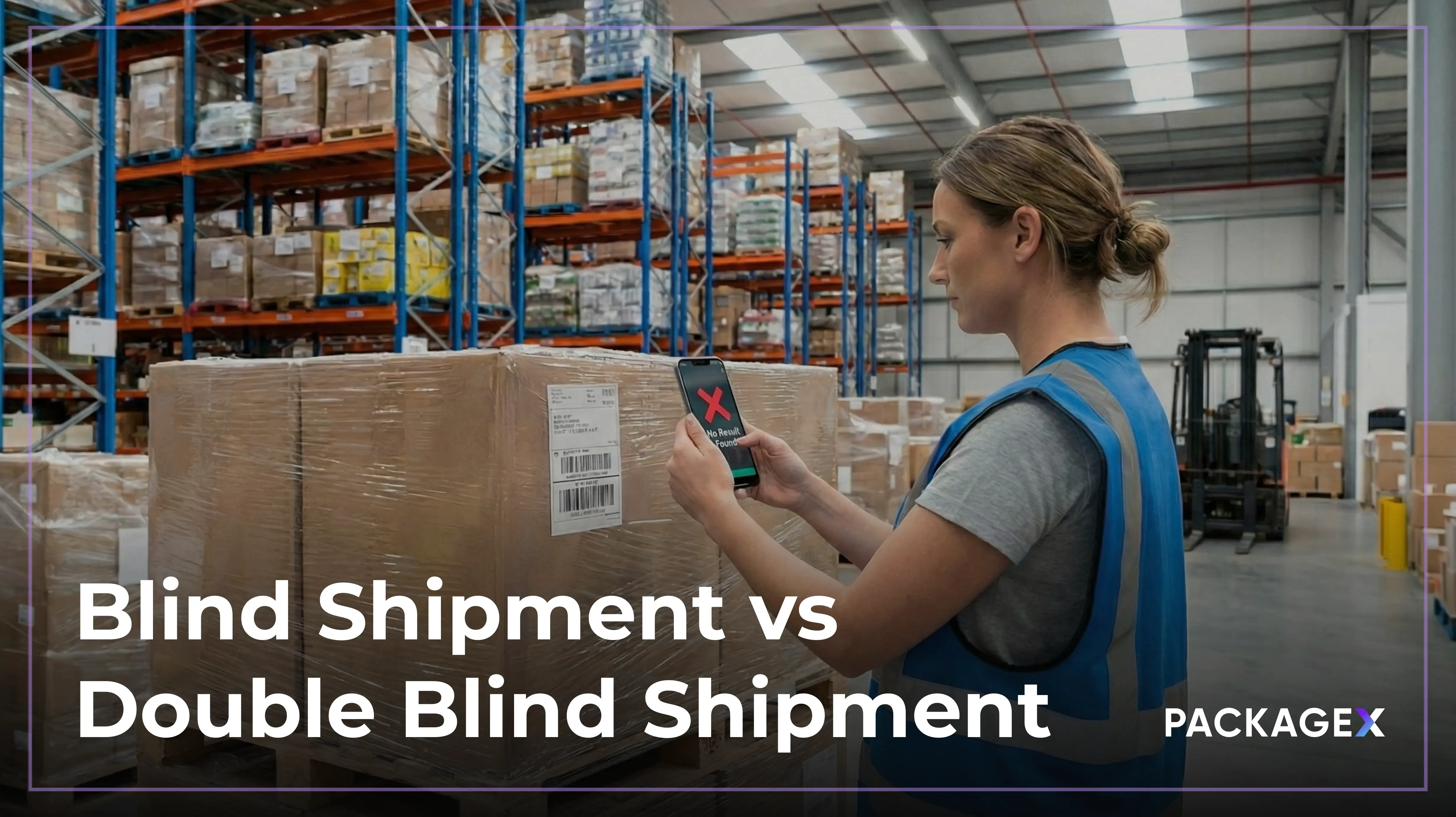Protecting packages in a warehouse makes sure your goods don’t get stolen or lost, which, let’s face it, tends to happen more often than you’d expect. That is, when the right security measures aren’t in place, it’s almost like inviting trouble in a way. Now, you might think a lock on the door or a couple of cameras are enough, but the truth is, securing a warehouse is just a little more layered than that.
For instance, it’s not only about putting up physical barriers like fences or cameras; there’s a bit of planning involved that really should consider the time of year, like public holidays when things might get a bit riskier. Warehouse management systems are like your silent partner in all this, with tools that help track and monitor your assets.
So, whether it’s the goods themselves, the employees working late shifts, or just the peace of mind that comes from knowing your warehouse isn’t an easy target, there are steps that can go a long way. Let’s discuss these ten practical tips that’ll keep your packages where they belong: safe and sound.
Why is Warehouse Security Important?
Warehouse security is essential to protecting valuable inventory, minimizing financial losses, and ensuring smooth operations. It safeguards employees, prevents package theft or damage, and helps maintain customer satisfaction through reliable deliveries. Strong security measures also support compliance with regulations and insurance requirements. By controlling access and mitigating risks, you can protect your assets and maintain operational efficiency.
Companies can also preserve their brand and comply with regulations using an efficient warehouse security system.
What Are Some Common Warehouse Security Challenges and Threats
A secure warehouse starts with understanding where your vulnerabilities lie and the types of threats you might face:
- Internal Theft: Over half of warehouse thefts come from within the organization. Employee theft can undermine operations, making internal audits and security protocols essential for prevention.
- External Theft: Thieves, both lone and organized, are drawn to warehouses' valuable inventory. According to Verisk Analytics' CargoNet, which monitors voluntarily reported cargo thefts, there was a 57% increase in theft incidents in the second quarter of 2023, year over year, compared to 2022. The majority of these incidents occurred at warehouses and during the holiday season.
- Organized Crime: Sophisticated criminal syndicates target warehouses for high-value goods. These groups can recruit insiders and operate across borders, so proactive security measures are absolutely essential to thwart their plans.
- Fire Hazards: Fire risks in warehouses can cause significant damage, endangering lives and inventory. Effective fire prevention and management systems should be in place to minimize these threats.
- Cybersecurity Risks: As technology becomes more integrated into warehouse operations, cybersecurity threats like data breaches and system vulnerabilities increase. Protecting sensitive information and operational systems is now part of modern warehouse security.
- Inaccurate Inventory: Errors in inventory tracking can lead to discrepancies in stock levels, impacting customer satisfaction and order fulfillment. Proper inventory management systems are essential to ensure accuracy.
- Unauthorized Access: Allowing unauthorized individuals access to warehouse premises can lead to theft, property damage, or safety risks.
- Space Efficiency Challenges: Poor space utilization can lead to congested aisles, increased risk of accidents, and operational inefficiencies.
- Regulatory Compliance: Many industries require strict security protocols for specific goods (e.g., hazardous materials or controlled substances). Failure to comply with these regulations can result in heavy fines, legal consequences, and reputational damage.
Warehouse Best Practices to Prevent Package Theft
To avoid the disasters mentioned above, follow a simple warehouse security checklist: start by securing the perimeter with fencing and bright lighting, set up CCTV cameras and motion sensors to monitor things, and make sure access is tightly controlled with RFID-enabled ID badges and restricted zones. Let’s learn about these steps in detail to protect your warehouse and give you peace of mind:
- Restrict Warehouse Access
Warehouse access control systems, including biometric scanners, RFID cards, and mobile access, help monitor employee movements and prevent unauthorized access to sensitive areas. By integrating these technologies, warehouses can maintain a clear audit trail.
- Install CCTV Cameras
Warehouse surveillance systems are important for monitoring packages. These high-definition cameras, equipped with motion detection and remote viewing capabilities, help monitor activity in real-time to keep your package protected. They also provide valuable evidence in case of incidents, keeping inventory and employees safe.
- Upgrade Locks to Improve Physical Security
Upgrading your warehouse locks to electronic systems or keypad/keycode access is a smart way to improve warehouse security. Unlike traditional keys, these systems can be easily updated, ensuring only authorized personnel can enter. Combining secure locks with surveillance and reinforced windows offers a comprehensive approach to storage and warehouse security systems.
- Use Warehouse Alarm System
Installing alarm systems in your warehouse is an effective way to prevent package theft and enhance overall security. With features like motion sensors and instant alerts, these systems provide a rapid response to any intrusion, reducing potential damage. Integrated alarm systems work with access control and surveillance and act as one of the best warehouse security solutions. Regular testing and professional monitoring ensure these systems remain reliable for 24/7 protection.
- Create Well-Lit Warehouses
Proper lighting is an indispensable component of warehouse security, as it creates both visibility and safety. Well-lit areas make it difficult for intruders to remain unnoticed, especially around entry points and the perimeter. Adequate lighting makes surveillance cameras and facial recognition technology more effective. Using motion-activated lights can also conserve energy, providing a well-rounded approach to warehouse protection.
- Secure With Fencing and Perimeter Systems
High-quality fencing, ideally 7 feet or higher, acts as the first line of defense, stopping intruders from even attempting to enter. To further strengthen security for the warehouse, add features like barbed wire, secure gates, and electronic access controls. Integrating surveillance systems and vehicle access control ensures that your entire perimeter remains closely monitored, keeping your assets safe from outside threats.
- Hire Qualified Staff to Maintain Operations and Security
Hiring the right personnel is the backbone of your warehouse security. Trained security officers are vigilant in detecting and preventing unauthorized access. These well-vetted warehouse security guards can respond effectively to emergencies, conduct security sweeps, and create a sense of safety for your team. Their presence enhances both physical security and the overall protection of personnel and assets.
- Train Warehouse Staff
Empowering your warehouse staff to protect the warehouse can create a secure environment. Update them regularly on security protocols, teach them to recognize suspicious behavior, and handle sensitive information. Ongoing training sessions and drills keep everyone vigilant.
- Conduct Inspections and Streamline Warehouse Processes
Consistent checks create strong warehouse security, ensuring every system stays sharp and ready to protect what matters most. Routine inspections ensure all systems, from cameras and alarms to lighting, are functioning optimally. By identifying vulnerabilities and addressing them proactively, you reduce the risk of breaches. Regular security audits and tests guarantee that your security measures remain effective and up-to-date, which results in a resilient security framework.
- Use Inventory Tracking Systems
Implementing inventory management technology, like RFID or barcode systems, makes it so much easier to secure packages. These tools provide real-time tracking, so every item is accounted for from arrival to departure. By integrating automated data entry systems and WMS (Warehouse Management Systems), warehouses can reduce errors, improve accuracy, and streamline operations. This technology also helps deter theft by offering better oversight and immediate discrepancy detection. Regular audits and automatic inventory counts further improve security so you can spot issues early and maintain a theft-resistant, efficient warehouse environment.
Improve Package Security with PackageX
With a comprehensive approach to warehouse security management, PackageX integrates advanced technology, real-time inventory tracking, automated alerts, and robust data encryption to create an unparalleled security ecosystem. Unlike traditional systems, PackageX not only ensures 360-degree inventory visibility but also fortifies your warehouse against theft and unauthorized access through real-time monitoring, customizable alerts, and chain-of-custody tracking. By combining these features with user-friendly mobile tools and compliance with industry-leading data protection standards, PackageX goes beyond managing operations—it safeguards your assets and strengthens your business. Get our warehouse security solution designed to adapt, scale, and secure every corner of your warehouse operations.
FAQs
How do I protect a warehouse?
First, secure the perimeter to keep intruders out. Then, use inventory management technology to track and protect your warehouse assets. Hire professional security personnel to add an extra layer of protection. Implementing video surveillance cameras will allow you to monitor activities in real time, and a reliable alarm system ensures quick responses to these threats. Building access control systems will limit unauthorized entry, and don't forget to regularly test your security system to ensure it's working effectively.
What is the security of a warehouse?
Warehouse security refers to the practices and measures implemented to protect a warehouse from various threats, including internal and external sabotage, theft, and the potential loss or damage of property.
What is a warehouse security guard?
Warehouse security officers play a major role in maintaining safety. They offer warehouse security services like controlling access to the property, enforcing rules and regulations, addressing security violations, and monitoring potential security concerns.




